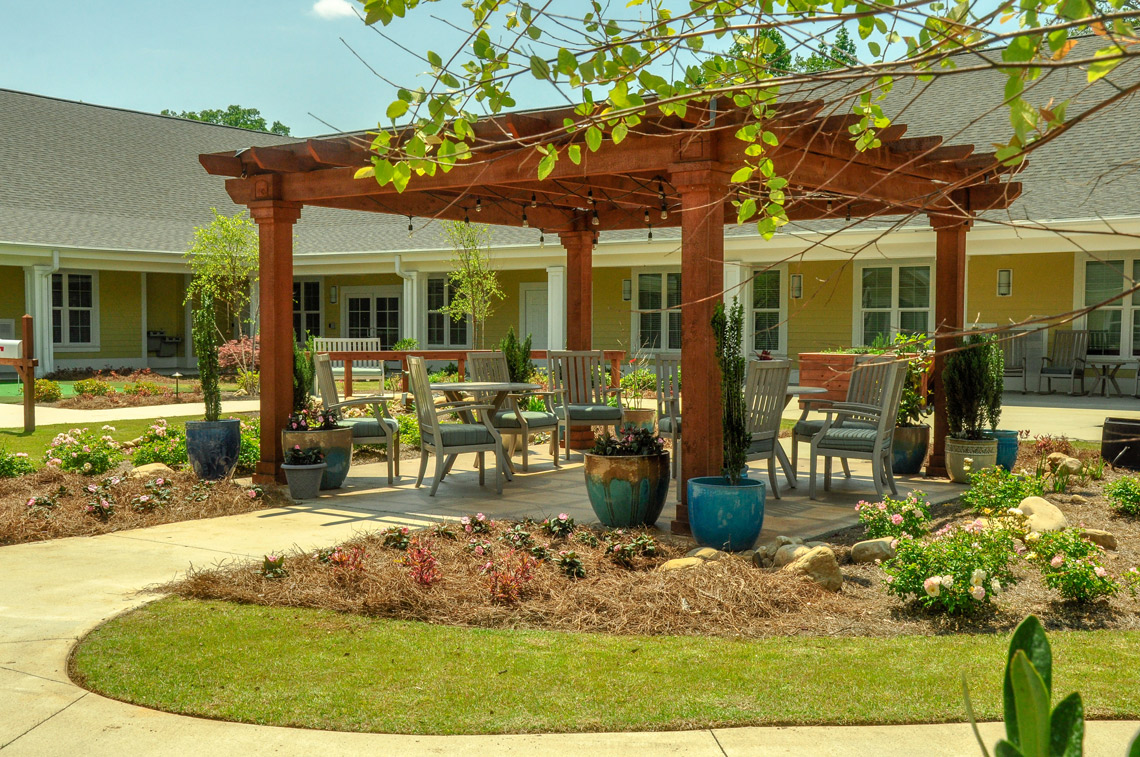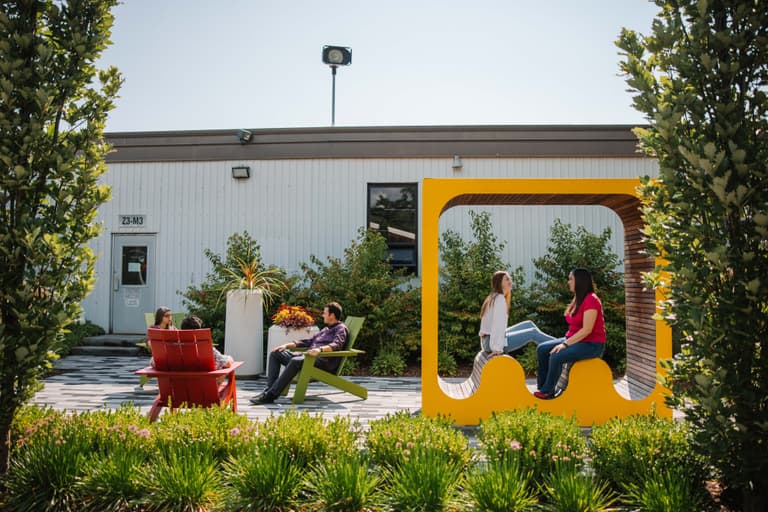A Biased View of Hilton Head Landscapes
A Biased View of Hilton Head Landscapes
Blog Article
The Main Principles Of Hilton Head Landscapes
Table of ContentsAn Unbiased View of Hilton Head LandscapesA Biased View of Hilton Head LandscapesSome Known Factual Statements About Hilton Head Landscapes Indicators on Hilton Head Landscapes You Should KnowHilton Head Landscapes for DummiesTop Guidelines Of Hilton Head LandscapesThe 10-Second Trick For Hilton Head LandscapesThe Of Hilton Head Landscapes
Type compatibility is also a major component of unity in designone or 2 noticeably various kinds are excellent for comparison and emphasis, however normally all other forms ought to have some similarities for a combined look. Texture refers to just how crude or great the surface of the plant or hardscape material really feels and/or looks.
Examples of plants with coarse appearance include philodendrons, agaves, bromeliads, hollies, hands, and hydrangeas. Characteristics that produce fine texture include tiny foliage; thin, strappy fallen leaves (yards) or tall, thin stems; tiny, dense twigs and little branches; long stems (vines); and tiny, delicate blossoms.
A Biased View of Hilton Head Landscapes
Most plants are moderate appearance, in that they can not be described as having either coarse or fine appearance. Medium-textured plants act as a background to web link and link the rugged- and fine-textured plants.

To make a space feel smaller, place the coarse appearances along the outer perimeter and the fine appearances closest to the viewer. The detail of the coarse appearance makes the plants show up closer and makes the room really feel smaller. The viewed structure of plants can likewise change with the distance from the plant.
What Does Hilton Head Landscapes Do?
Strong colors raise the contrast and make the appearance show up coarser, while muted shades can flatten appearance. Hardscape with a rugged texturesuch as very rough rocks and vibrant, huge timberstends to make all plant material show up a lot more average textured. Developers commonly develop an appearance study (Figure 8) theoretically to help determine the arrangement of plant products.
Number 8. Appearance research. Shade in plant material and hardscape adds interest and variety to the landscape. Color is the most obvious component in the landscape and is normally the emphasis of many house owners; however, it is additionally one of the most short-term aspect, usually lasting only a couple of weeks a year for private plants.
Hilton Head Landscapes Can Be Fun For Anyone
An easy summary of the color wheel consists of the three primary shades of red, blue, and yellow; the 3 secondary colors (a mix of two primaries) of green, orange, and violet; and six tertiary shades (a mix of one surrounding primary and secondary color), such as red-orange. Color concept describes the relationship of colors per other and exactly how they must be used in a composition.

Similar (occasionally called harmonious) color systems are any kind of three to five colors that are surrounding on the color wheel, such as red, red-orange, orange, yellow-orange, and yellow, or blue, blue-violet, and violet (hilton head landscapers). The colors relate per other due to the fact that they commonly include 2 primary colors mixed to develop a second and two tertiary colors, which means they share usual residential or commercial properties
They have a tendency to have high contrast between them. One of the most usual collections are violet and yellow, red and eco-friendly, and blue and orange. Corresponding colors are typically located naturally in flowers; an usual pair is yellow and violet. Color is found in the flowers, foliage, bark, and fruit of plants.
The Facts About Hilton Head Landscapes Revealed
Eco-friendly vegetation in all its numerous shades is the dominant color by amount, however various other colors catch attention quicker due to the fact that of their high comparison to the shade green. Color is additionally located in buildings, rocks, pavers, wood, and furniture. The majority of colors in natural materials, such as rock and timber, are commonly low-key and have a tendency to be variants of brownish, tan, and pale yellow.
Shades have residential or commercial properties that can affect feelings, spatial perception, light quality, equilibrium, and focus. Cool shades often tend visit this web-site to be soothing and should be used in locations for relaxation and peacefulness.
The Main Principles Of Hilton Head Landscapes
Trendy shades tend to decline and are perceived as being further away, making a space really feel bigger. Color can also be made use of to record focus and straight sights.
Bright yellow, which has the greatest intensity, additionally has a high comparison with all other colors (usually explained as a "pop" of color) and should be utilized sparingly. A small amount of intense color has as much aesthetic weight as a huge amount of a more controlled or weaker shade.
Analogous (in some cases called harmonious) color design are any kind of 3 to five colors that are surrounding on the color wheel, such as red, red-orange, orange, yellow-orange, and yellow, or blue, blue-violet, and violet. The colors belong per other because they commonly include two primaries blended to create a secondary and two tertiary colors, which means they share typical residential or commercial properties.
5 Simple Techniques For Hilton Head Landscapes
They tend to have high comparison in between them. One of the most usual collections are violet and yellow, red and eco-friendly, and blue and orange. Complementary shades are often located normally in flowers; a typical pair is yellow and violet. Shade is discovered in the blossoms, vegetation, bark, and fruit of plants.
Eco-friendly foliage in all its numerous tones is the dominant shade by amount, but various other colors record interest quicker because of their high comparison to the shade green - Landscaping bluffton sc - https://h1tnhdlndscps.creator-spring.com. Color is also located in buildings, rocks, pavers, timber, and furnishings. Many shades in natural products, such as stone and timber, are normally muted and often tend to be variations of brownish, tan, and pale yellow
Getting My Hilton Head Landscapes To Work
Shades have residential or commercial properties that can impact feelings, spatial assumption, light top quality, equilibrium, and focus. Cool colors tend to be calming and ought to be utilized in areas for relaxation and calmness.
The "temperature level" of colors can likewise impact the understanding of distance. Amazing shades have a tendency to recede and are perceived as being farther away, making an area feel bigger. Cozy shades tend to advance and are perceived as being more detailed, making a room really feel smaller. Color can also be utilized to record focus and straight views.
As an example, intense yellow, which has the highest possible intensity, additionally has a high comparison with all other colors (typically called a "pop" of shade) and must be conserved. A percentage of intense shade has as much visual weight as a large quantity of a much more subdued or weak color.
Report this page